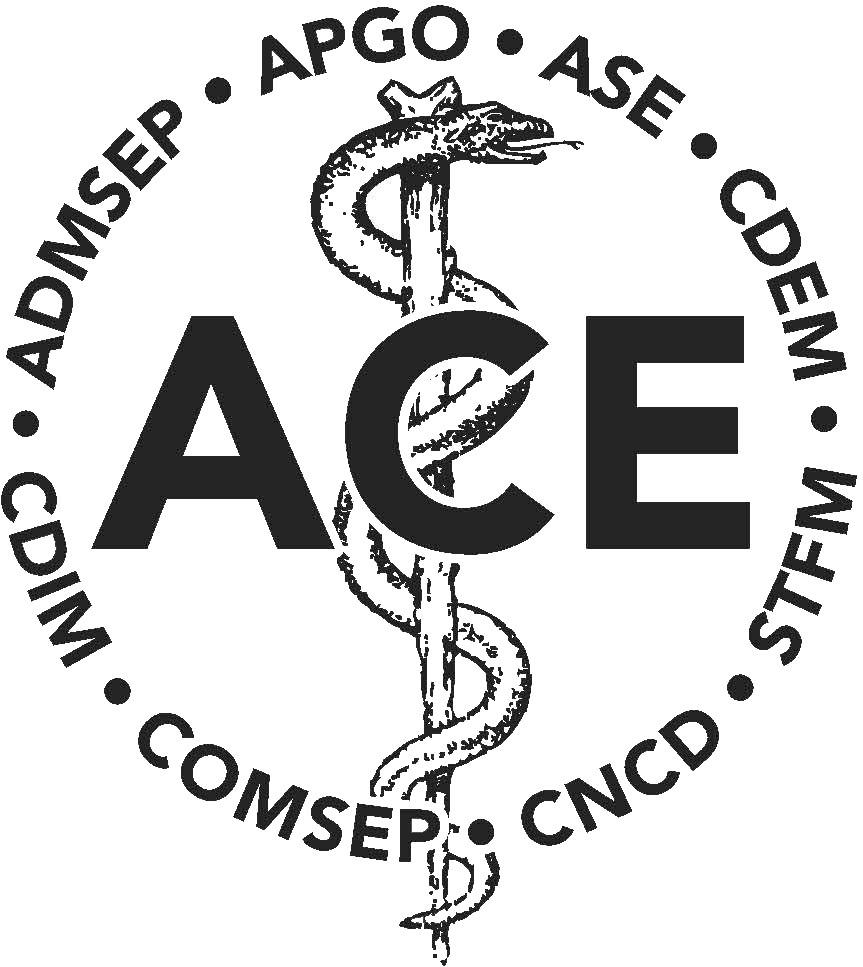Health professions education has a love for buzzwords. One of the most persistent, and arguably misleading, is “competency-based medical education” (CBME). It sounds progressive, rigorous, and student-centered (Boyd et al., 2015). However, the first question that comes to mind is “Did we graduate incompetent physicians before this movement?” And, if we’re being honest, what we call CBME today is not truly competency-based.
So, what is competency-based medical education? According to Frank et al. (2010), competency-based education in medicine can be defined as “an educational approach that organizes the curriculum around defined competencies—observable abilities that integrate knowledge, skills, and attitudes—emphasizing outcomes rather than processes, and allowing learners to progress upon demonstration of competence rather than fixed time [Italics added for emphasis]”. The key element here is flexibility: in a true CBME system, time becomes a variable, and learners advance when they demonstrate mastery, not when the calendar dictates.
In the current U.S. system of health professions education, time is fixed, regardless of how quickly learners master core competencies. Residents complete training in fixed durations—three years for internal medicine, five for surgery—with advancement (and the funding of many of the slots) tied to time-based milestones, not individual proficiency. Even if a resident demonstrates competence in all required entrustable professional activities (EPAs) by year two, they cannot graduate early. Conversely, if a learner struggles, extensions are rare and often stigmatized. So can we truly say this is competency-based?
This time-based rigidity means that while competencies inform curricula, assessments, and evaluations, they do not govern progression. What we have then is competency-informed education. This isn’t just semantics; it’s about intellectual honesty. Calling our system “competency-based” implies a level of flexibility and learner-centeredness that we haven’t achieved. It sets expectations we don’t meet. And it undermines the very definition of competence.
Language shapes policy. It influences accreditation standards, curriculum design, and public perception. If we want to be taken seriously as educators and reformers, we need to be precise. We should call our current model what it is: competency-informed medical education. That term acknowledges the value of competencies without pretending we’ve restructured the entire system around them.
So what would it take to move from competency-informed to competency-based? We need to create flexible pathways, modular curricula, and assessment systems that allow learners to progress when they’re ready. This would take resources, which are often not available, and significant changes to the “rules” of accreditation and the funding underlying the processes. So until then, maybe we should stop using a term that doesn’t reflect reality.
What do you think? Here are some questions to ponder:
- What barriers—cultural, logistical, economic, or regulatory—prevent us from implementing truly time-variable education in medical training?
- Are we unintentionally misleading stakeholders (students, faculty, accreditors, the public) by using the term “competency-based” inaccurately?
- What would it take—structurally and philosophically—for medical education to become truly competency-based rather than competency-informed?
References
Boyd VA, Whitehead CR, Thille P, Ginsburg S, Brydges R, Kuper A. Competency-based medical education: the discourse of infallibility. Med Educ 2018; 52: 45-57. https://doi.org/10.1111/medu.13467
Frank JR, Mungroo R, Ahmad Y, Wang M, De Rossi S, Horsley T. (2010). Toward a definition of competency-based education in medicine: a systematic review of published definitions. Med Teach 2010; 32(8): 631–637. https://doi.org/10.3109/0142159X.2010.500898
Author: Gary L. Beck Dallaghan, Ph.D.; Alliance for Clinical Education

Deb Simpson says:Reply
September 16, 2025 at 1:42 pm
So agreed and like the competency informed approach. As our medical education and clinical infrastructure are not designed for CBTV ME (Competency based time variable med ed). Logistics probably easier with basic science – but adding/deleting folks from a clinical team as they achieve (don’t) competence – coordinators/faculty well-being at stake as is any semblance of learner continuity. Perhaps should think about “role changes” within our existing structure – could a M3 stay on a rotation but shift to being more a “sub intern”. Assume more of a teaching role. Just listened to “One Click at a Time” with Karim Hanna as the guest that discussed AI, residency training, love and science. Hummm – we are really going to have to think about competencies and associated EPA’s as ambient scribes and clinical dx assistant AI tools shift to becoming not the “side kick” but able to proscribe! Thanks for raising this!
Dr Larrie Greenberg says:Reply
September 18, 2025 at 3:59 pm
I would argue that with what appears to be minimal observations of trainees in this country, how would we ever know if someone attains EPAs and competency? The system is flawed and instructing faculty how top observe trainees in a way that will not prolong their already long day is key (see Baumgartner, Greenberg and Blatt MedEdPORTAL 2021.) And training senior residents and faculty how to do this is also important. Just my observations over 50 years!!!